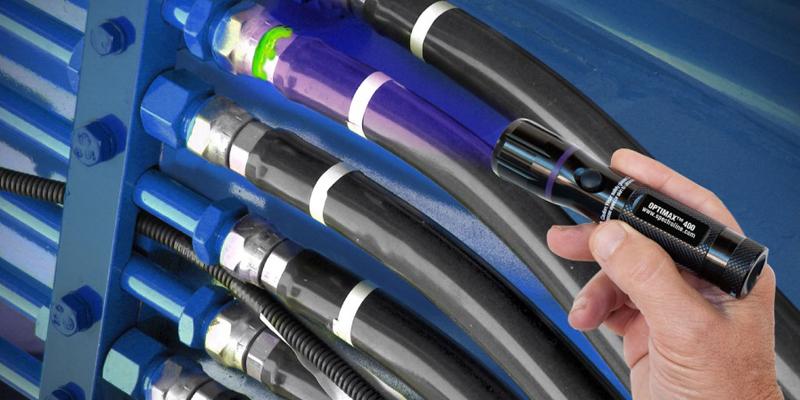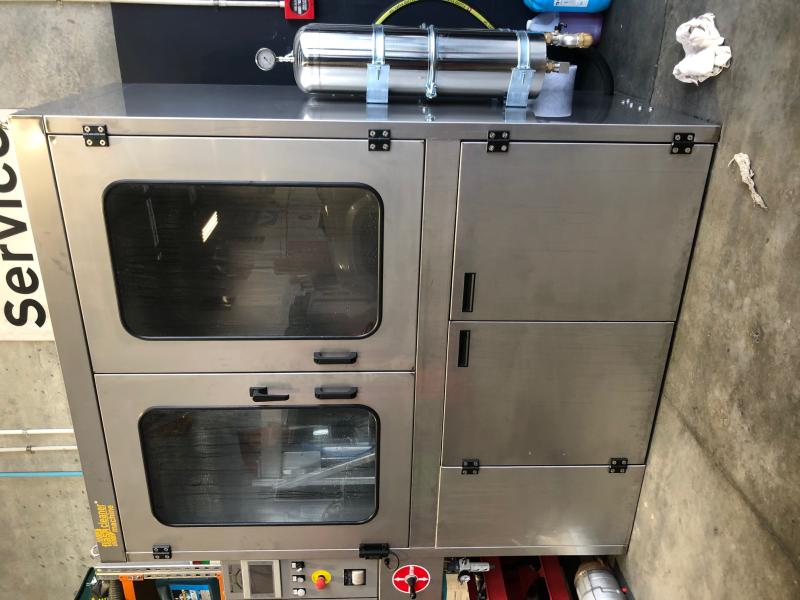A study by ExxonMobil calculated the cost of an unrepaired oil leak over a period of time. Although it was focussed toward their industrial customers, it does demonstrate the cost in oil alone over a period of time.
|
|
Daily loss |
Monthly loss |
Annual loss |
|||
|
Leakage rate |
litres |
$ |
litres |
$ |
litres |
$ |
|
1 drop/10 secs |
0.421 |
$3.16 |
12.81 |
$96.08 |
153.7 |
$1,152.75 |
|
1 drop/5 secs |
0.852 |
$6.39 |
25.92 |
$194.40 |
311 |
$2,332.50 |
|
1 drop/1 secs |
4.26 |
$31.95 |
129.58 |
$971.85 |
1,554.90 |
$11,661.75 |
|
3 drops/1 secs |
14.2 |
$106.50 |
431.92 |
$3,239.40 |
5,183.00 |
$38,872.50 |
*Calculation based on drops approximately 4.3mm diameter and oil cost of $7.50 per litre.
In a car, losing half a-litre a day is going to leave a nasty trail on the ground, but the leak should be relatively easy to locate and repair. But what of the small leak? The one that is blown over the exhaust manifold by the cooling fan? Or the one that seeps out and makes the car smell like an oil refinery? These can be difficult to locate and lead to unhappy customers when not fixed first time. Hidden within a manifold of pipes, behind the swage of a hose and blown about by cooling fans, the exact source of a leak may be very difficult to find. It can be a time consuming and inexact task.
Spectronics Corporation invented fluorescent leak detection in 1955. Headquartered in New York, it remains the world’s leading manufacturer of ultraviolet equipment and fluorescent dyes. Its products are used in literally dozens of markets which include industrial, air conditioning and refrigeration, laboratory, semiconductor, non-destructive testing and forensics applications.
Tracerline is the company’s Commercial and Automotive range. The range consists of cutting-edge, top-quality, industry-awarded lamps, dyes and diagnostic tools manufactured to exacting standards.
Tracerline fluorescent dyes are added proportionally to the base system. This can be any lubricant, fuel or coolant with the proportion of dye added to the system being dependent on the base product. The system is operated, and after circulation, the leak will be readily detected under the beam of an ultra-violet light. The dyes have no adverse effects and can be left in the reservoir or system once the leak has been repaired.
Using fluorescent dyes and ultraviolet technology for leak detection is a simple and smart investment. Whether it is oil, water or fuel, leaks impact the environment and your bottom line. That’s why it is so important to find and implement a safe, efficient and cost-effective leak detection solution.
TransDiesel is the New Zealand distributor for Tracerline. All enquires can be directed to lubessupport@transdiesel.co.nz






